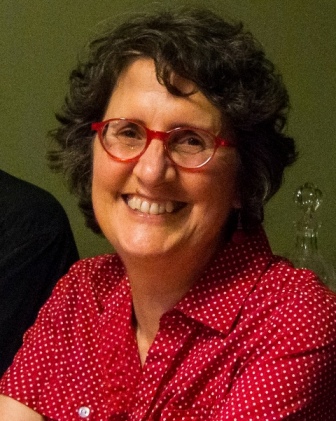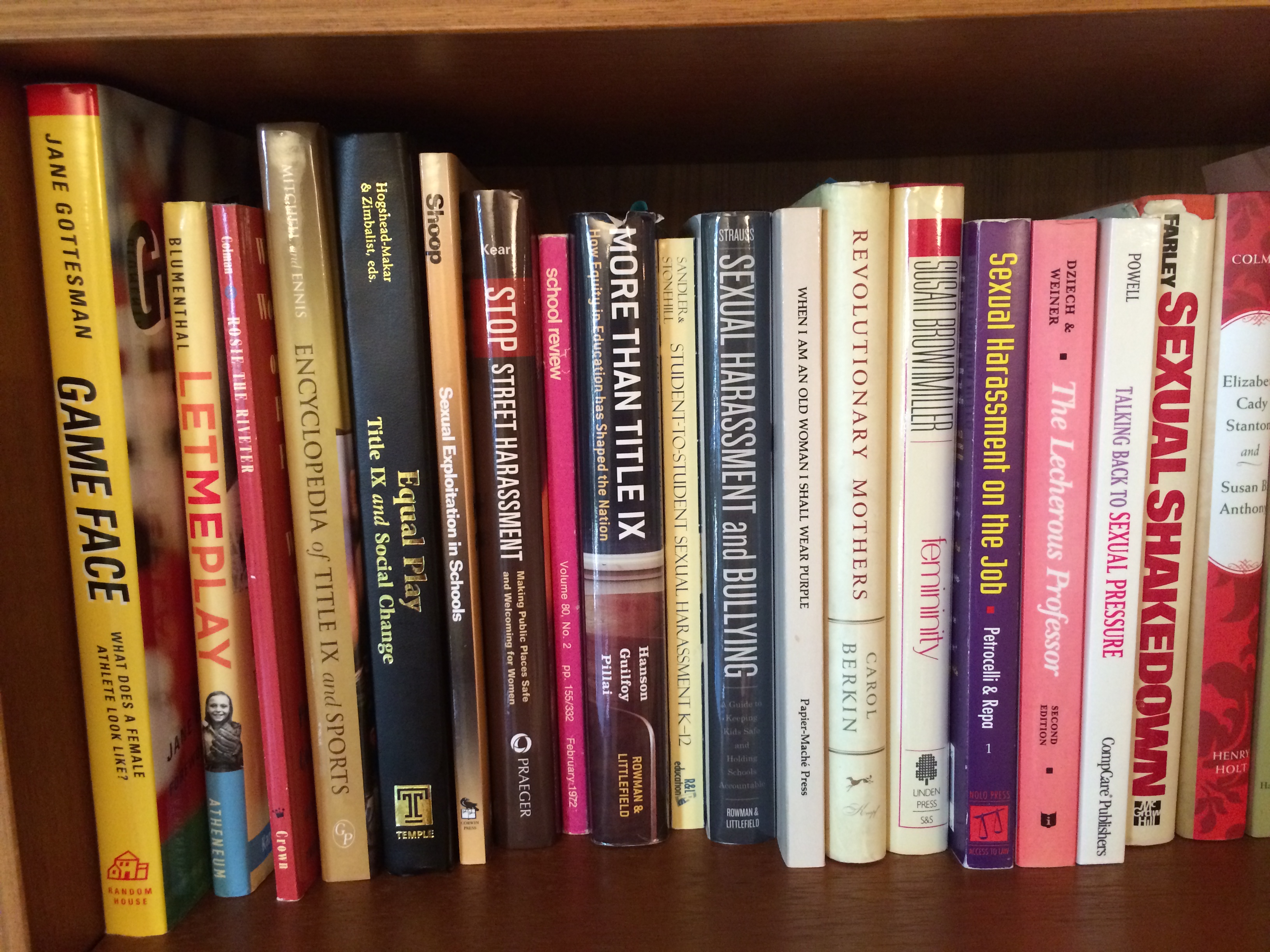37 words that inspired thousands
Bernice Sandler wanted to be a professor. Patsy Takemoto Mink hoped to be a doctor. Meg Newman wanted to play baseball in high school. Emma Sulkowicz just wanted to feel safe on a college campus.
Thirty-seven words make those dreams possible today — too late for some of these women, but possible for millions of others, and only because women fought back when the people in charge told them to go away. These battles are not over. They’re in the news every day.
Those 37 words make up Title IX of the Education Amendments of 1972, the most important legislation for U.S. women other than the right to vote. They read, “No person in the United States shall, on the basis of sex, be excluded from participation in, be denied the benefits of, or be subjected to discrimination under any educational program or activity receiving Federal financial assistance.”

Bernice Sandler, the godmother of Title IX, holds copies of reports from the first Congressional hearings on discrimination against women, in 1970. (Photo copyright Sherry Boschert)
Sandler found out that her Ph.D. couldn’t help her get a faculty position because the men in academia wouldn’t hire women. Through coalition-building and her individual determination to right that injustice, she became the “godmother” of Title IX. Mink turned to politics after being denied entry into medical school, becoming the first woman of color elected to Congress and a defender of equal opportunity. Title IX opened the doors for women to become doctors, lawyers, engineers, scientists, and other professionals based on their abilities instead of their sex.
At Newman’s high school, the boys’ baseball coach let her try out and made her the boys’ team manager, knowing that girls weren’t allowed to be on official team rosters but coaches had the prerogative of putting the team’s manager in the game. Education authorities found out, however, and sent a representative to a practice game to remove Newman from the field because she was a girl. So she called the American Civil Liberties Union (ACLU). Lawsuits backed by Title IX and filed on behalf of many girls and women by the ACLU, the National Women’s Law Center, and other organizations wrestled school athletics away from exclusive control by men, giving current generations of female athletes the assist they needed to reach their potential. Newman went on to become a physician, a path opened to her by the Title IX women who came before her.
Today’s Title IX headlines tell stories like that of Sulkowicz, a Columbia University student who says they were raped by another student and that Columbia’s administration bungled adjudication of the complaint. Sulkowicz protested through a senior thesis, a performance art project in which they are carrying a mattress everywhere they go on campus for as long as the alleged rapist is allowed to remain at Columbia. With dozens of other students, Sulkowicz filed a federal Title IX complaint because, under the law, schools are required to respond adequately to sexual assaults. A new generation of young women all over the country is demanding its rights, encouraged by the successful campaigns of Title IX foremothers, and perhaps emboldened by a modern self-confidence that evolved from several decades of women growing stronger through better access to athletics, academics, and activism. Now, Columbia is one of at least 95 colleges being investigated by the U.S. Department of Education’s Office for Civil Rights, up from 55 in May of 2014.
These are some of the inspiring people whose lives intersected with Title IX. They breathe life into this law, which continues to evolve and to shape the pursuit of women’s rights. Stories of some of these people — the story of Title IX — will fill my new book, tentatively titled, Uppity Women: A History of Title IX. I invite you to follow along on this blog as I research their lives, relive their battles, and see where Title IX is taking us next.







